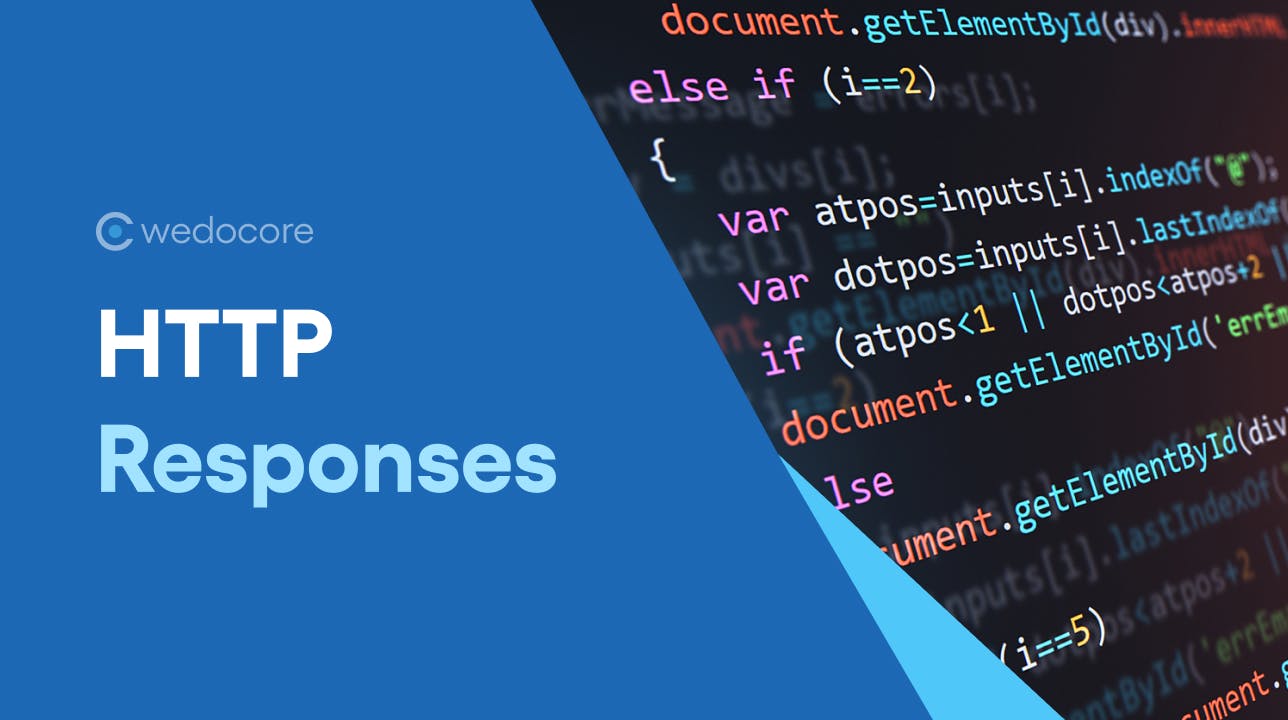HTTP Status Codes Explained


Written by
Published on
Mastering HTTP Status Codes: Your Ultimate Guide to Web Communication Success
Unlock the secrets of HTTP status codes with our ultimate guide. Learn the meanings behind every 1xx, 2xx, 3xx, 4xx, and 5xx code and discover best practices for handling web communication errors effectively. Perfect for developers, webmasters, and anyone looking to enhance their web development skills.
Table of Contents
Introduction
In the vast and intricate world of web development, understanding the nuances of Hypertext Transfer Protocol (HTTP) is crucial for developers, administrators, and even end-users. HTTP serves as the backbone of data communication on the World Wide Web, where a multitude of transactions occur every second. Among the many aspects of HTTP, response status codes hold particular significance. These codes are part of the HTTP response protocol, providing a concise indicator of the outcome of an HTTP request.
Response status codes are essential in diagnosing issues, optimizing user experience, and ensuring the seamless operation of web services. This article aims to demystify HTTP response status codes, offering a comprehensive guide to their meanings, implications, and best practices in handling them.
Understanding HTTP Response Status Codes
At the core of HTTP communication lies the concept of request and response. When a client (usually a web browser) requests a resource from a server, the server responds with a status line that includes a status code. This code is a three-digit number that categorizes the response. These categories are broadly classified into five groups, indicating the nature of the response:
- 1xx (Informational): These codes indicate that the request was received and understood by the server, and processing is continuing.
- 2xx (Successful): This category signals that the request was successfully received, understood, and accepted.
- 3xx (Redirection): These codes denote that further action needs to be taken by the requester to complete the request, often indicating that the resource has been moved.
- 4xx (Client Error): This group of status codes points to errors that seem to have been caused by the client.
- 5xx (Server Error): These codes indicate that the server failed to fulfill a valid request due to an error on its part.
Understanding these categories is the first step in deciphering the specific messages each code conveys.
Successful Responses (2xx)
The 2xx series of HTTP status codes are indicative of success - that a request has been successfully received, understood, and processed. Here are some of the most commonly encountered 2xx codes:
- 200 OK: The most recognizable status code, 200 OK, indicates that the request has succeeded. The meaning of success varies depending on the HTTP method used. For GET requests, the resource has been fetched and transmitted in the message body.
- 201 Created: This status code is used to indicate that a new resource has been successfully created in response to the request, with the resource being described in the body or header of the message.
- 204 No Content: Unlike 200 OK, a 204 status code means that the server has successfully fulfilled the request but does not need to return an entity-body.
Each 2xx code provides critical feedback in the development and maintenance of web applications, signaling that actions have been successfully executed.
To wrap up the article on HTTP status codes effectively, a conclusion should reinforce the importance of understanding these codes, summarize key points, and encourage further learning or action. Here's a conclusion piece that could serve this purpose:
Conclusion
Navigating the world of HTTP response status codes can seem daunting at first, but as we've explored throughout this guide, each code offers valuable insights into the communication between clients and servers. From the informational 1xx series to the 5xx server errors, understanding the nuances of these codes is essential for developers, webmasters, and anyone involved in creating or maintaining web applications.
We've delved into the significance of each category of status codes, highlighted some of the most commonly encountered codes, and discussed strategies for effectively handling them. Armed with this knowledge, you can diagnose issues more efficiently, improve the user experience of your web applications, and communicate more effectively with web servers.
Remember, the landscape of web development is continually evolving, and with it, the standards and practices surrounding HTTP status codes. Staying informed about these changes is crucial for maintaining and developing robust, user-friendly web applications.
As we conclude this guide, let this be a stepping stone on your journey to mastering web communication. Whether you're debugging a tricky client error or optimizing your server's responses, a deep understanding of HTTP status codes will undoubtedly be a powerful tool in your development arsenal. Keep exploring, keep learning, and let the codes guide you to successful and efficient web communication.